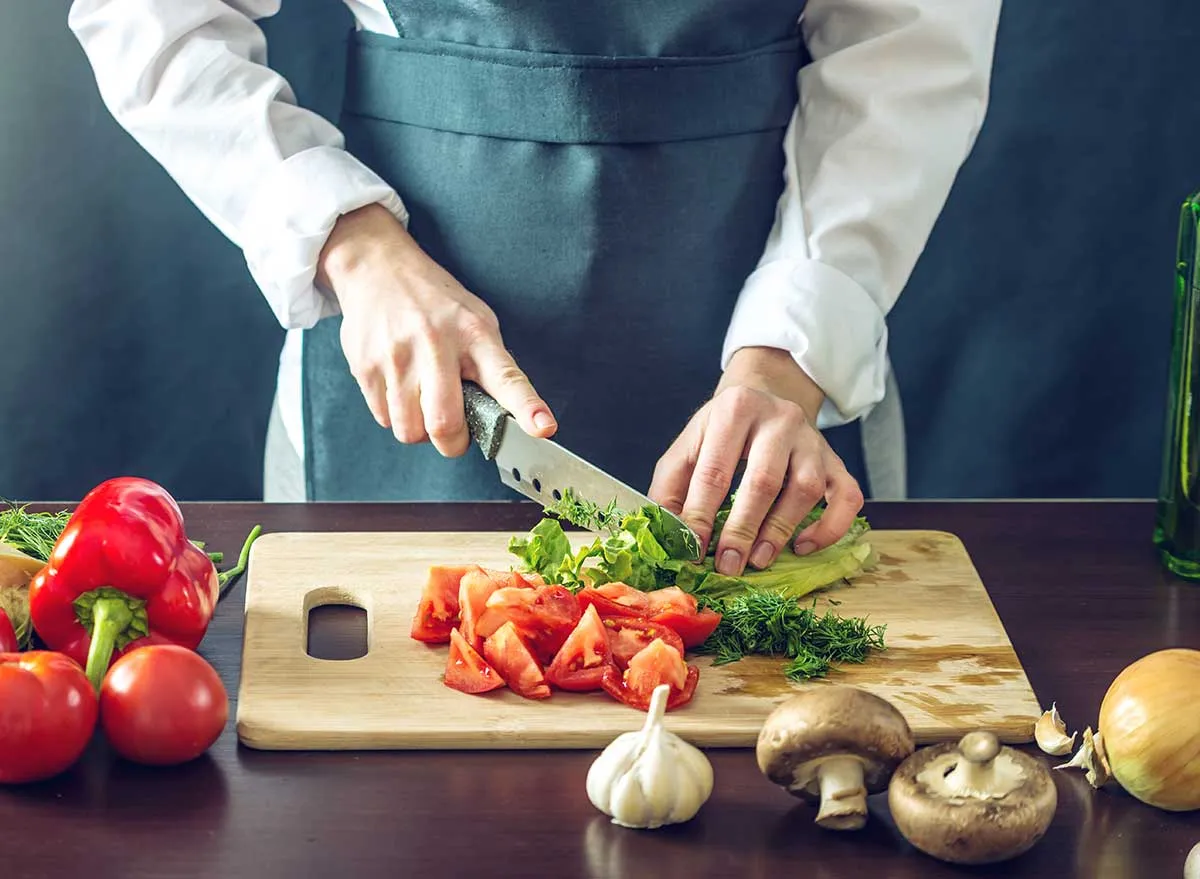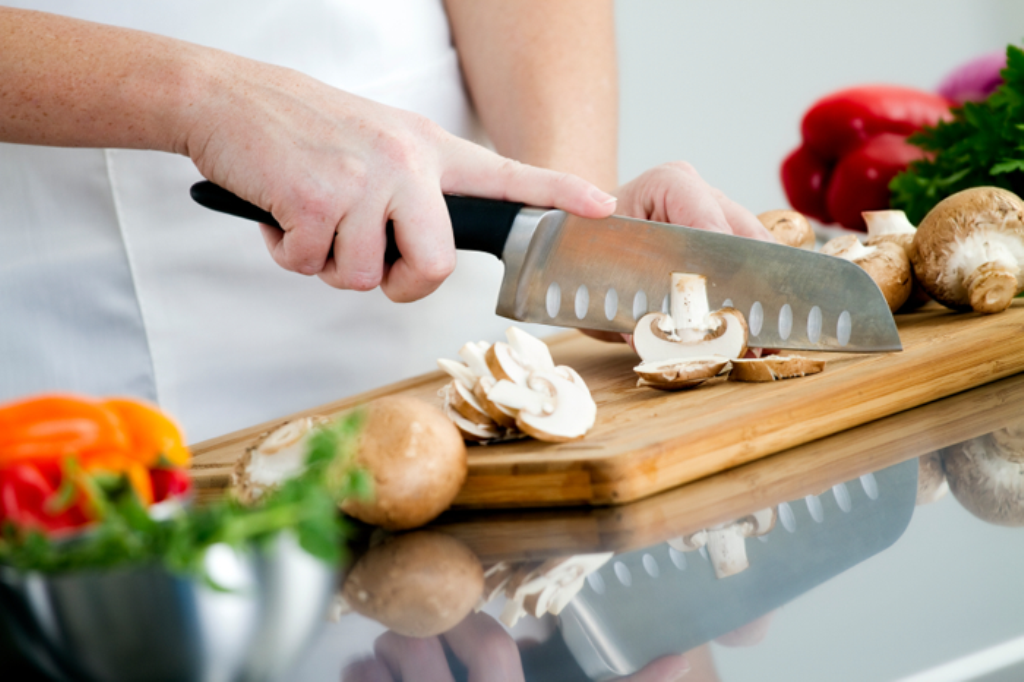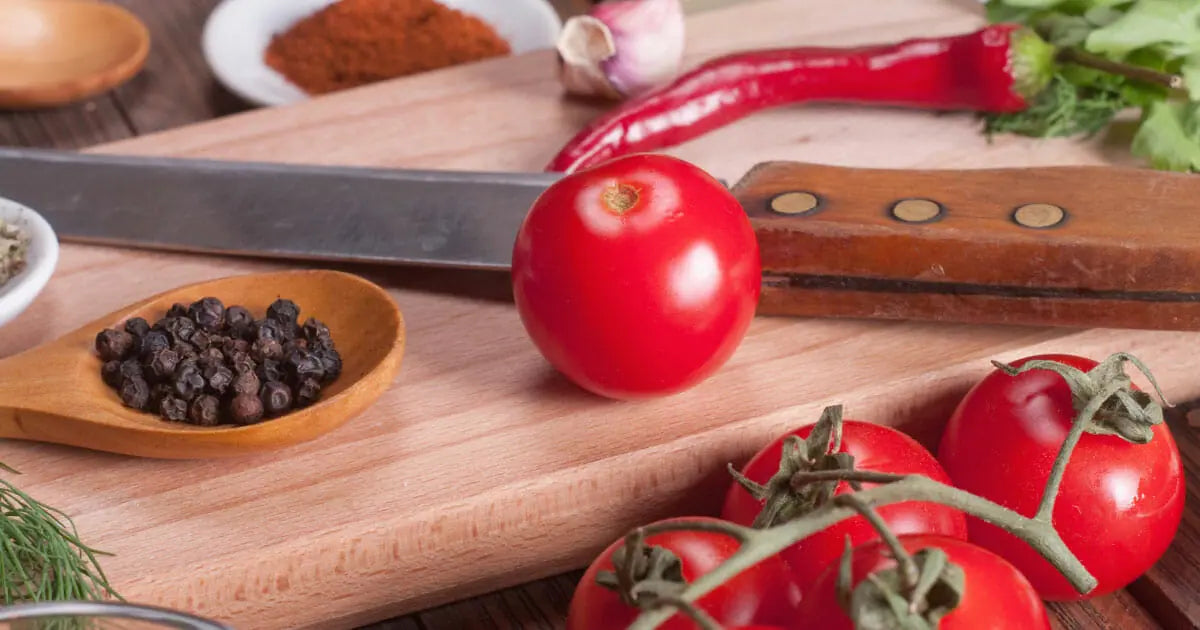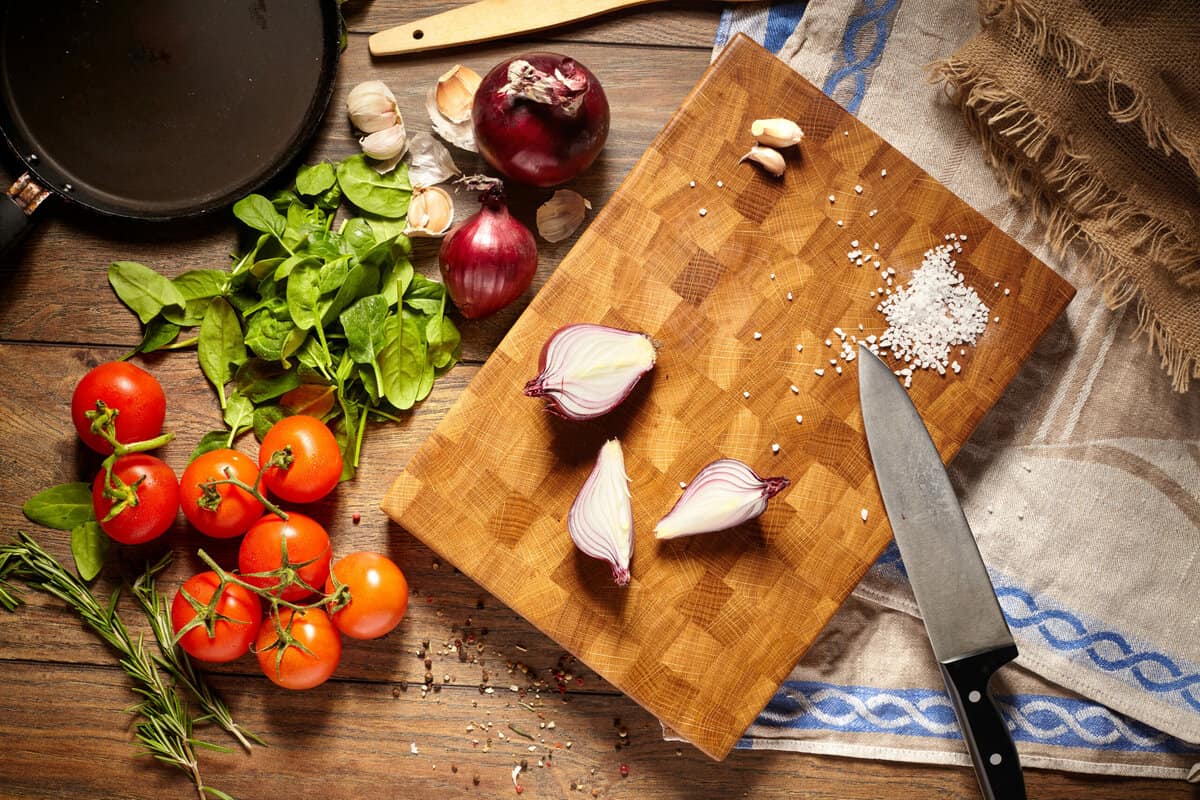In the culinary world, maintaining your tools isn't just a meticulous habitit's a necessity. Wooden cutting boards, adored by kitchen professionals and home chefs alike for their durability and aesthetics, require special care to remain functional and bacteria-free. However, it's vital to ask: which of the following is not a good way to clean a wooden cutting board? Understanding this can mean the difference between prolonging the lifespan of your cherished board and compromising your kitchens hygiene.
Cleaning mishaps can result in warped boards, retained odors, or even pathogens lurking on the surface. Here, we'll dissect the dos and don'ts, unravel shocking truths, and share life-changing insights into proper wooden cutting board cleaning techniques!

The Nature of Wooden Cutting Boards: Why Proper Cleaning Matters
Unlike plastic or glass boards, wooden cutting boards have a porous surface. This unique feature means they absorb liquids that can later warp the wood or harbor bacteria if not cleaned correctly. Ironically, the same trait also makes them self-healing to an extent, as slight knife marks can close up over time.
Woods absorbent nature isnt inherently badits why many professionals prefer it. But, shocking mistakes during cleaning can accelerate damage or compromise food safety. Lets explore what to avoid and how to treat these boards the way they deserve.
Common Cleaning Myths: Which Methods Actually Dont Work?
Lets dive right into the crux: which of the following is not a good way to clean a wooden cutting board? Below are the most common myths and why you should avoid them:
- Soaking Wooden Cutting Boards in Water: A BIG mistake is leaving wooden cutting boards submerged in water. Prolonged soaking can cause wood to swell, weaken the glue, and result in irreversible warping.
- Using a Dishwasher: While it seems convenient, dishwashers spell doom for your wooden boards. The combination of hot water and detergents can strip the natural oils out of the wood, leaving it brittle and cracked.
- Scrubbing Aggressively with Steel Wool: Using steel wool or harsh abrasive sponges may seem logical for tough stains but can scar the boards surface permanently. Scratches also provide hiding spots for bacteria.
- Using Pure Bleach: Bleach is effective on non-porous surfaces, but applying it directly to wood can discolor it, dry it out, and even create harmful residues.
As a kitchen professional, knowing what NOT to do is just as crucial as the recommended practices. If you're unsure about the safest techniques, learn from experts: visit this guide on cutting board sanitization.
What Are Professional Ways to Clean Wooden Cutting Boards?
The Tremendous Steps Kitchen Pros Swear By:
- Scrape Away Excess Debris: Immediately scrape off food residue using a bench scraper or spatula to prevent stains from setting.
- Hand Wash with Mild Soap: Use warm water and mild dish soap with a soft sponge. Pay attention to the grain of the wood while rinsing off debris.
- Sanitize Weekly: Use a vinegar solution (1 part vinegar to 4 parts water) to naturally disinfect without damaging the surface.
- Dry Quickly: Always towel-dry a wooden cutting board after cleaning. Leaving it air-dry can cause moisture to soak into the pores.
- Recondition Regularly: After cleaning, oil the board with food-grade mineral oil to restore its shine and prevent cracks.
To keep your cutting boards in pristine condition, check out this quick read on preventing board warping. Your boards will thank you!
Are There Approved Products for Wood Cutting Board Care?
Absolutely! From specialty wood-friendly cleaners to oils, modern technology has enabled easier maintenance of wooden boards.
Products like food-grade mineral oil, beeswax conditioners, and bamboo cleaners are terrific ways to protect your cutting board. Learn more about the benefits of cutting board oil on this page.
How to Troubleshoot Common Wooden Board Issues
Even with the best care, challenges may arise. Lets address common wooden cutting board problems:
1. What If My Cutting Board Smells?
If your wooden cutting board emits unpleasant odors, try rubbing it with lemon and coarse salt. For persistent smells, baking soda solutions can work wonders. For more tips, see this odor-solving guide.
2. How to Sand Down Rough Patches
Light sanding can save a worn-out cutting board. After sanding, always re-oil to lock in moisture.

FAQs
1. Whats the best frequency to oil a wooden cutting board?
As a general rule, apply food-grade mineral oil monthly. Boards in high-use kitchens may need more frequent care.
2. Can wooden boards be sterilized?
Yes! Using a vinegar-water solution or diluted hydrogen peroxide keeps wooden boards safe without damage.
3. How can I prevent bacteria from settling into the wood?
Clean promptly, avoid soaking, and sanitize regularly. Implementing these steps will tremendously lower contamination risks.
This article contains affiliate links. We may earn a commission at no extra cost to you.






Leave a comment
This site is protected by hCaptcha and the hCaptcha Privacy Policy and Terms of Service apply.